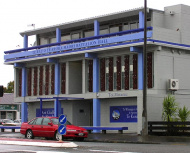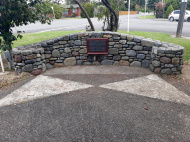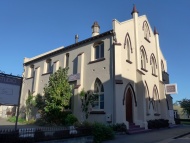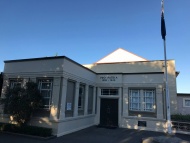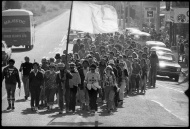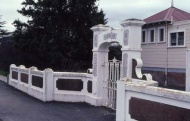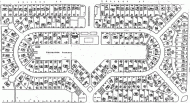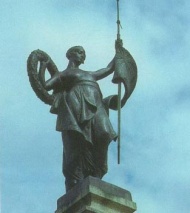Events In History
-
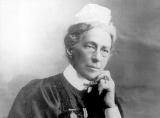 10 January 1902World's first state-registered nurses
10 January 1902World's first state-registered nursesEllen Dougherty was one of the world’s first state-registered nurses. Grace Neill, Assistant Inspector in the Department of Asylums and Hospitals, advocated state registration of trained nurses, which was introduced by the Nurses’ Registration Act 1901. Read more...
Articles
State housing

New Zealand's first state house was formally opened on 18 September 1937. But the government has provided rental housing for New Zealanders for more than a century. Explore the history of this country's various state housing schemes and their contribution to the New Zealand way of life.
- Page 4 - Designing communitiesCommunity has many different meanings. People might live in a particular community, but have little contact with their neighbours, preferring instead to pursue their social life
Regional rugby

The passion and parochialism of provincial rugby helped give the game a special place in New Zealand’s social and sporting history. Read brief histories, highlights and quirky facts about each of New Zealand's 26 regional rugby teams.
- Page 17 - Manawatu rugbyHistory and highlights of rugby in the Manawatu
The largest centre of Manawatū, 140 km north-east of Wellington. Until 1866 it was a clearing, known as Papaioea, in the forest that stretched from the main ranges almost to the west coast. The land was sold to the Crown in 1864 and in 1866 a township, designed by J. T. Stewart, was laid out in a clearing. The township stagnated until the revival of immigration and public works in 1871. The first settlers were Scandinavians. They, and later others, worked at first on road-making. For many years Palmerston North relied on public works and sawmilling. But by 1886 its future was assured. The west coast railway from Wellington was built, and pastoral farming was underway.

